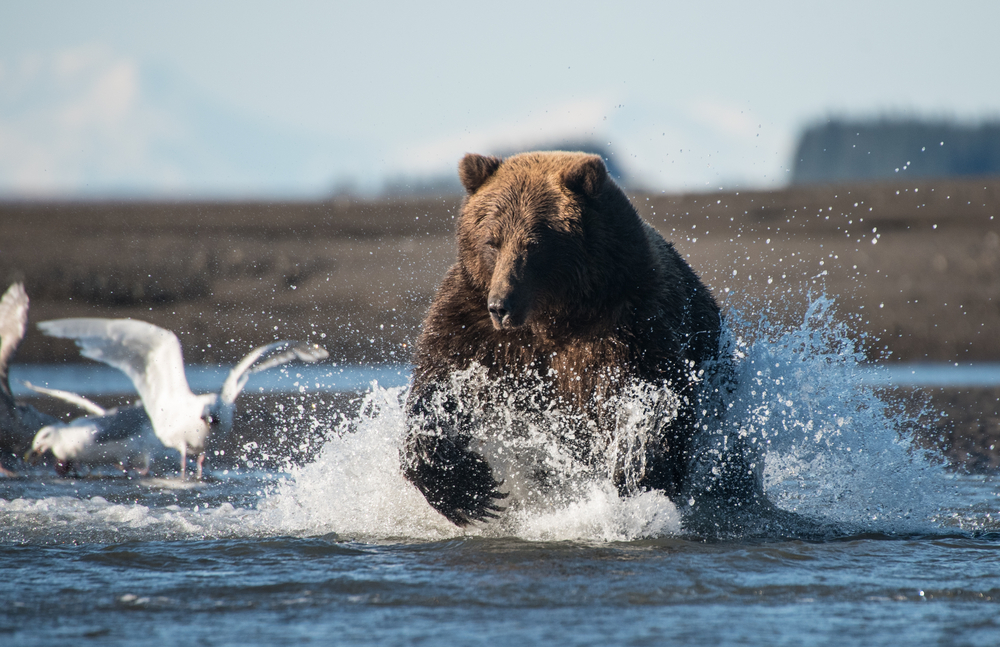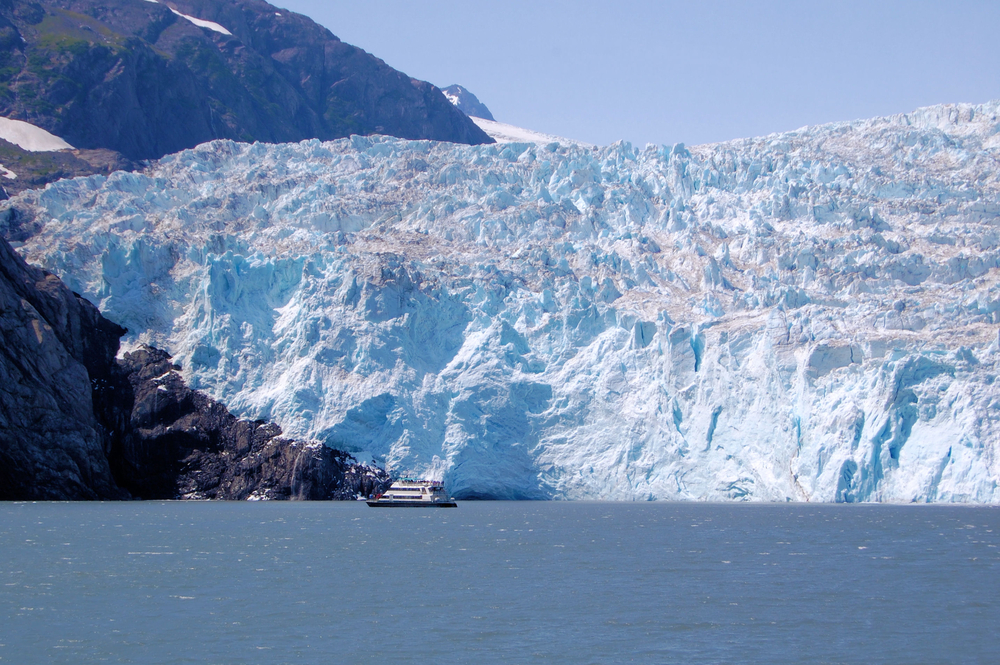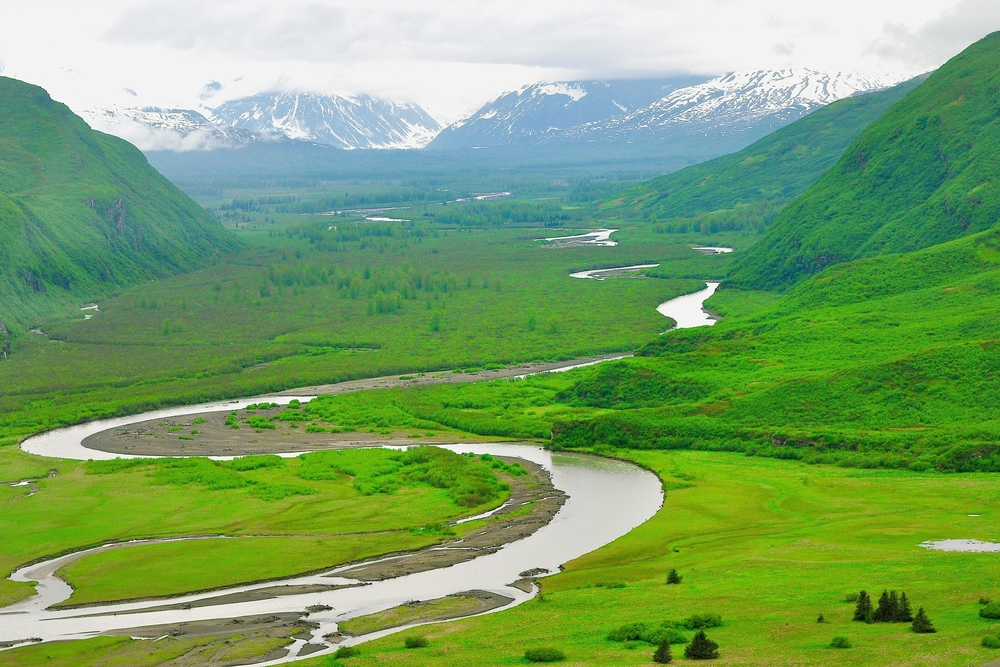Popular
Lake Clark National Park, a remote wilderness in Alaska, is celebrated for its stunning landscapes and rich wildlife, where diverse species thrive amidst the park’s mountains, lakes, and tundra, offering visitors an authentic glimpse into Alaska’s vibrant natural life.
Brown Bear In the meadows and along the rivers, Brown Bears are a common sight, especially at Silver Salmon Creek, where they fish for salmon in summer.
Moose Majestic Moose are often seen browsing the park’s vegetation or wading in its lakes and ponds, the largest member of the deer family in North America.
Bald Eagle Soaring above Lake Clark’s waters, Bald Eagles epitomize the wild spirit of Alaska, their powerful presence a captivating sight for bird watchers and photographers.
Wolverine Elusive and solitary, Wolverines roam the park’s rugged terrain, a rare sight that symbolizes the wild and untamed essence of Lake Clark.
Caribou Caribou migrate through the park in large herds, an awe-inspiring display of wilderness life, crucial to the subsistence lifestyle of local communities.
Red Fox Adaptable and cunning, Red Foxes can be spotted throughout Lake Clark, their vibrant fur and keen senses making them successful hunters of small prey.
Trumpeter Swan The serene waters of Lake Clark are home to Trumpeter Swans, the largest of North American waterfowl, admired for their beauty and elegance.
Ptarmigan Camouflaged against the tundra, Ptarmigans, Alaska’s state bird, change color with the seasons, blending into the landscape in both winter white and summer brown.
River Otter Playful River Otters are often observed in the park’s rivers and lakes, their aquatic antics a delight for visitors lucky enough to spot them.
Sockeye Salmon The lifeblood of the park’s ecosystem, Sockeye Salmon undertake epic migrations to spawn in Lake Clark’s waters, supporting not only bears but countless other species.
Lake Clark National Park’s wildlife, from the iconic Brown Bear to the migratory Sockeye Salmon, showcases the wild heart of Alaska, drawing visitors into a world where nature’s drama unfolds in the vast, untouched wilderness.




























































































